French Polynesia
The Birth of Polynesia
If there ever was a paradise on this earth, it is Polynesia. These islands, formed slowly over millions of years in a violent but invisible storm which still continues to this day: the inner crust of the earth heaving innumerable tons of liquid rock from the ocean floor, building undersea mountains which over these millennia have gradually appeared above the surface of the sea.
We in the West know as schoolchildren the story of the prehistoric era of dinosaurs, the ice age, man crossing the land bridge and populating the Americas; all the while these islands had been slowly making their way higher into massive testaments to Earth’s power far into the sky in the middle of an otherwise vast and unpopulated ocean, one that would be known as the Pacific many years later.
The Polynesian People
At some point humans came to know these lands.
Why? No one really knows. Were they fleeing a bitter existence from a faraway land? Seeking relief from famine, oppression, overpopulation? Were they driven by their ambition and curiosity, voyaging across the high seas in search of new lands to call their home simply because they could?
The Polynesians came to inhabit what is known as “the Polynesian Triangle,” stretching on its three corners from New Zealand, to Easter Island, to Hawaii through the construction of massive outrigger canoes and an understanding of navigation that rivaled that of the most sophisticated of Western navigators centuries later.
As the Latins began to settle Italy and the Greeks brought “civilization” to Western Europe, the Polynesians pushed east into the unknown, settling in what we now call Samoa, Tahiti, Rapanui, Hawaii and finally New Zealand.
For thousands of years these people would not know the afflictions nor the luxuries of the West. They would develop a culture isolated from any other influences than that of their mother: the land, which nourishes, provides and protects; and their father: the sky, which punishes, directs and inspires. Polynesia, with no written language until it collided with the West in the 18th century, remains a mysterious place. One which now, as a visitor, has a peace and solitude not just because these are islands isolated by thousands of miles from what we may now call modern civilization, but because of its people, living a simpler life removed from but inevitably clashing daily with fortunate Westerners who, for obvious reasons, come here to experience this paradisiacal way of living if only for a few days.
Encounters with Paradise
Which brings me to our story. It is an odd feeling: one moment to be waiting at a food court in Los Angeles in a long line with travelers looking to order an overpriced pizza, to the next being on the same island which took men thousands of years ago months to reach in a death-defying sail across the ocean.
Despite it being 5:30 AM, we were greeted by what Tahitians know Westerners have come to expect of their paradise: flower necklaces, ukulele-strumming men in native dress, imposing wooden figurines resembling what hundreds of years ago were worshiped as gods.
On Moorea, our local guide Maui gave us the opportunity to swim up from a distance to one of these whales who was making a stop here on her way up from the Arctic for the winter. Protective regulations prohibit coming closer than 300 meters to these giants in a boat, but Maui explained that if the opportunity arose we could get out and swim towards them in the open ocean.
For sure, we were going up to a creature that is as peaceful and non-violent as a hippie in a rainstorm, but also one that is the size of 20 pickup trucks. We jumped out of the boat and watched from about 100 yards away as this giant mama breached from the surface and made a splash in the sea that looked like an explosion.
Despite my apprehension, those minutes swimming underwater towards her were some of the most peaceful of my life. Her singing, loud enough to be heard far off, was one I’d heard in movies and documentaries, but nothing I’d ever expected to hear for myself. And then, face to face, there she was—this monstrous yet graceful figure floating just under the surface, not concerned at all that eight anxious swimmers in flippers and snorkels were just beside her.
Bora Bora and Beyond
And then there was Bora Bora. Among the older of the Society Islands. Life here is simple. And I do not mean that to marginalize or make less of the people here who call this home. Even they will tell you so. They take pride in the simplicity of it all… the island way of living; the sea.
This island has, like most places, been thrust into the 21st century—being an American air force base in WWII and, as a result of the massive airfield left in its wake, the first international layover for many commercial airliners flying from the USA to Australia. But since then the commotion has died back down, leaving an infrastructure that allows Bora Bora to be both accessible and remote, a rare combination in our world of over-tourism and red-eye adventures.
On the morning we left, I was thinking of Jacob. He was so excited from our Facetimes to see the sharks, the stingrays, the whales and the ocean—his childhood fantasies from Moana, Finding Nemo and The Little Mermaid that we had just lived. It was with a child’s wonder that we discovered Tahiti, and it was the same wonder in which we left.
Those massive island mountains… some of them in their youth that will rival Hawaii in their awesomeness in mere millions of years, and others like Bora Bora which in that same time will be subterranean mounds hundreds of feet below the surface of the ocean. They all with their own story; a story which even though on our trip made time seem to stop was just a tiny snapshot in their history.

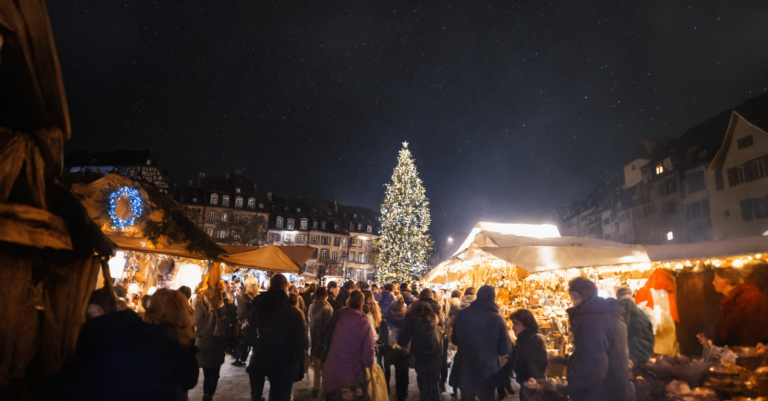
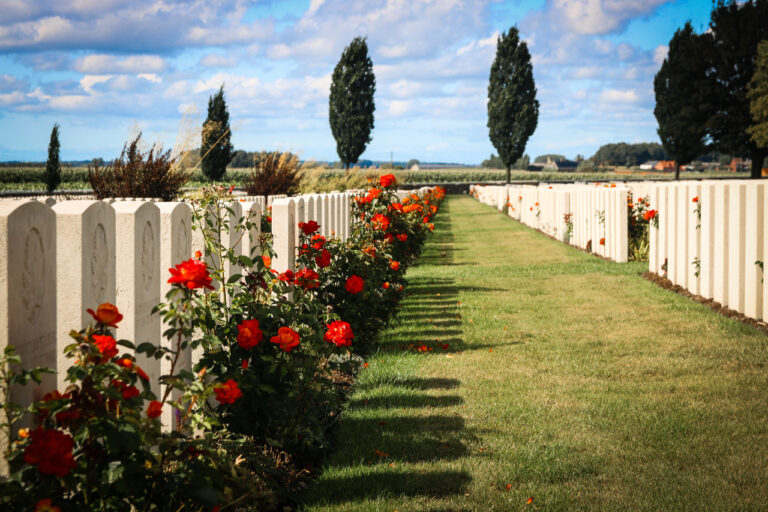
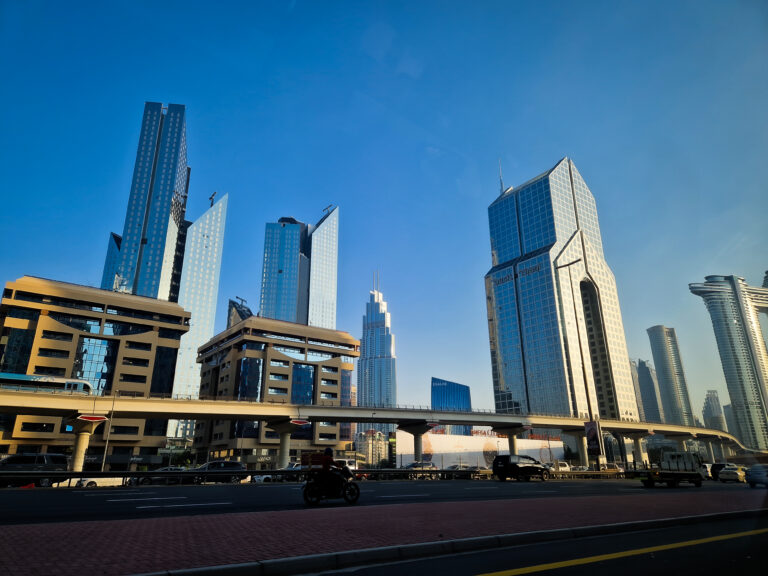
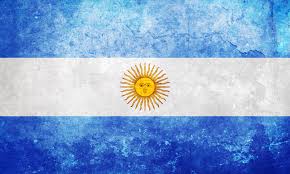
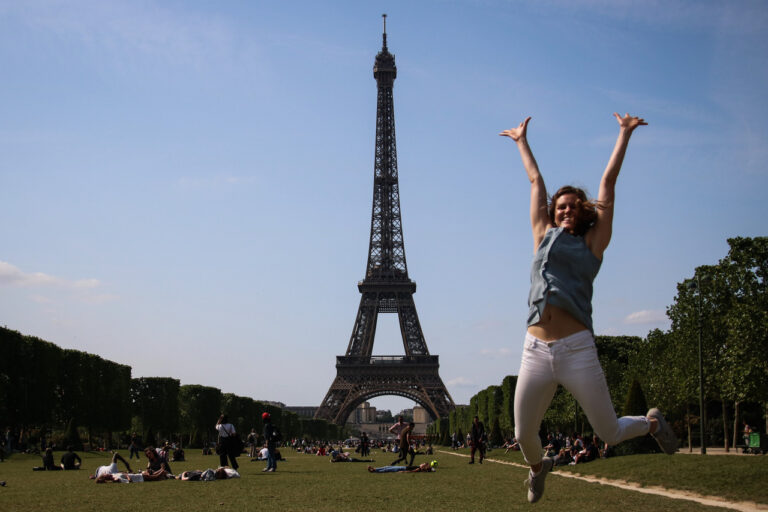
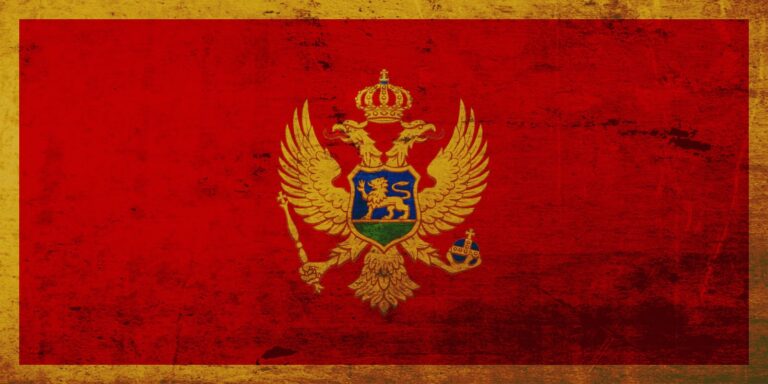

One Comment